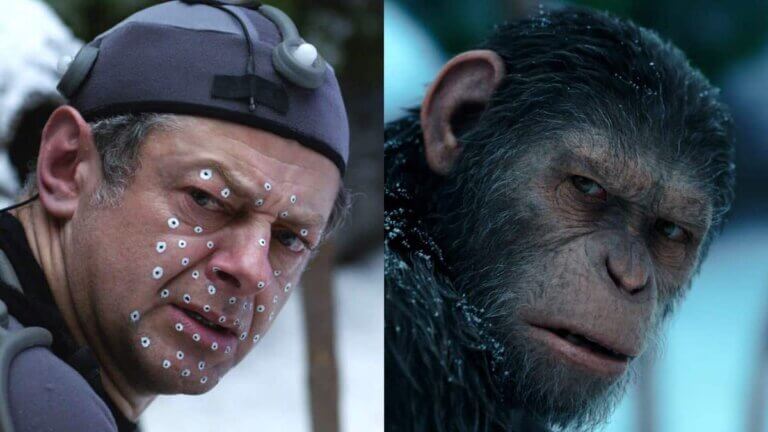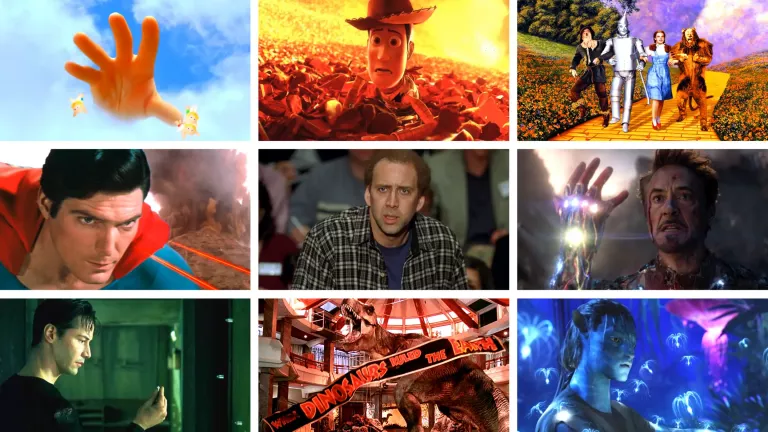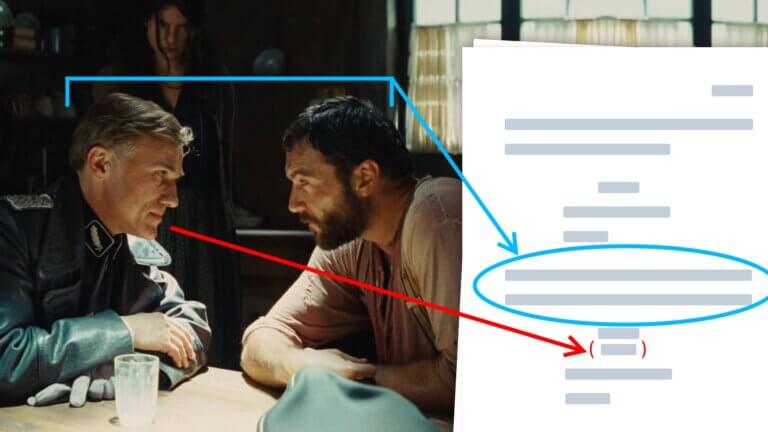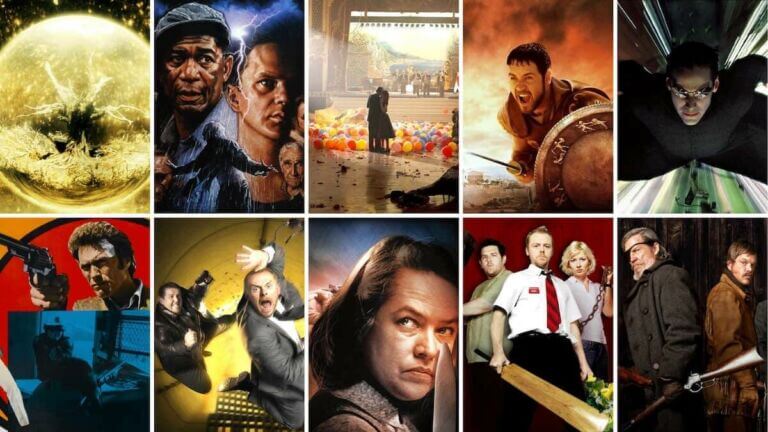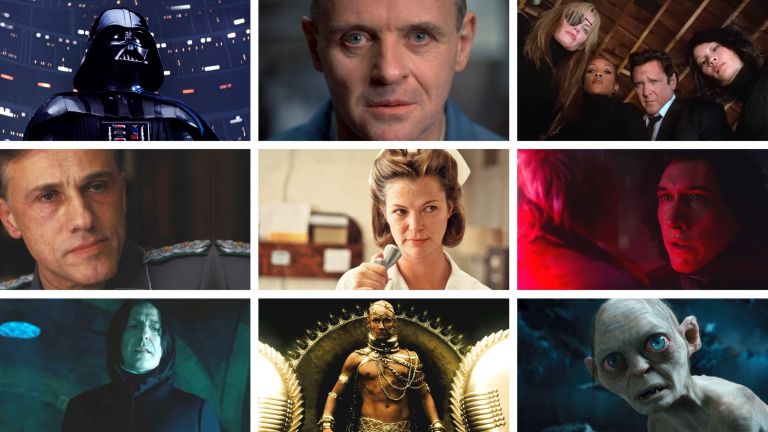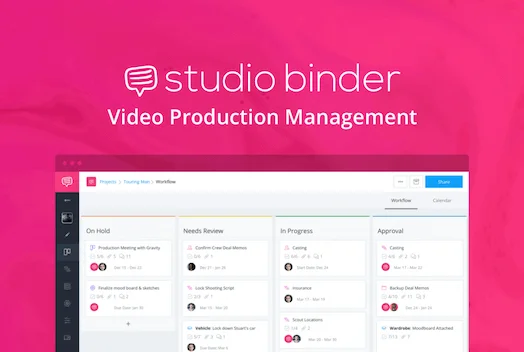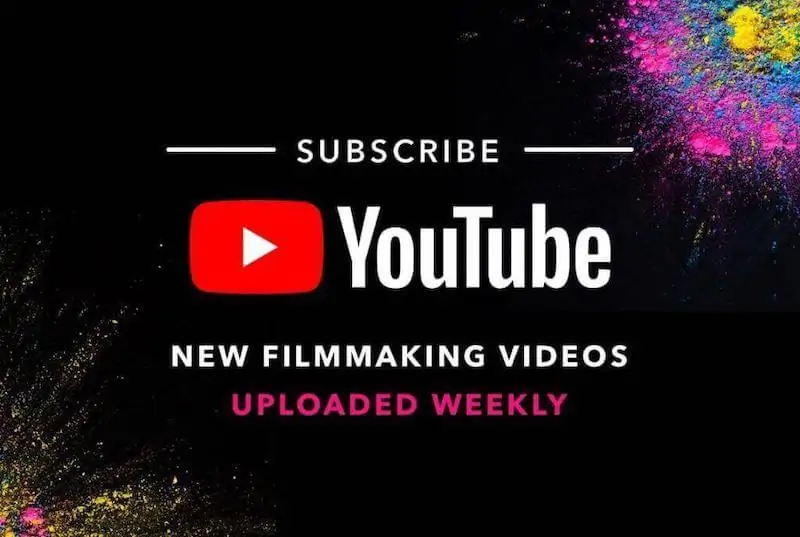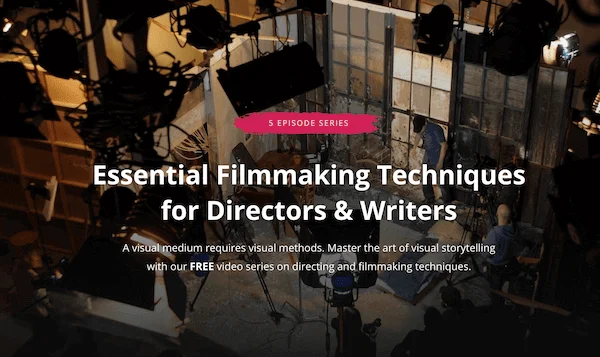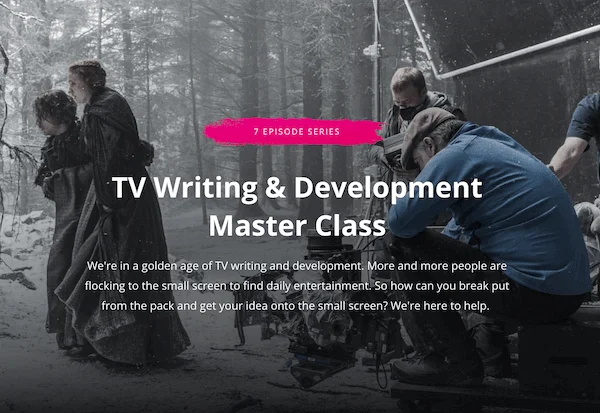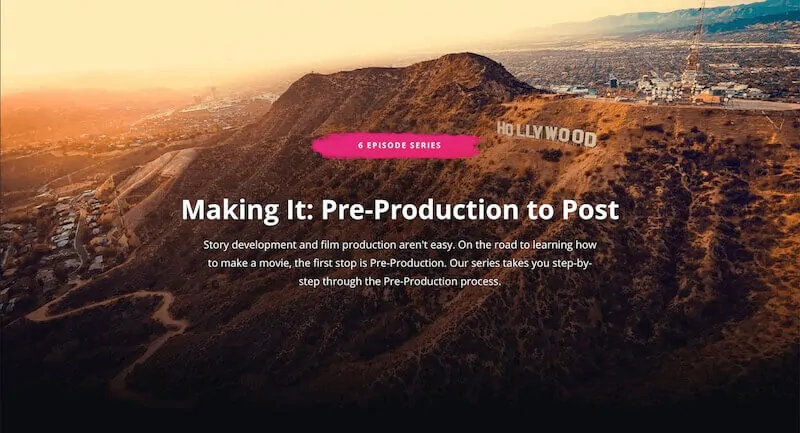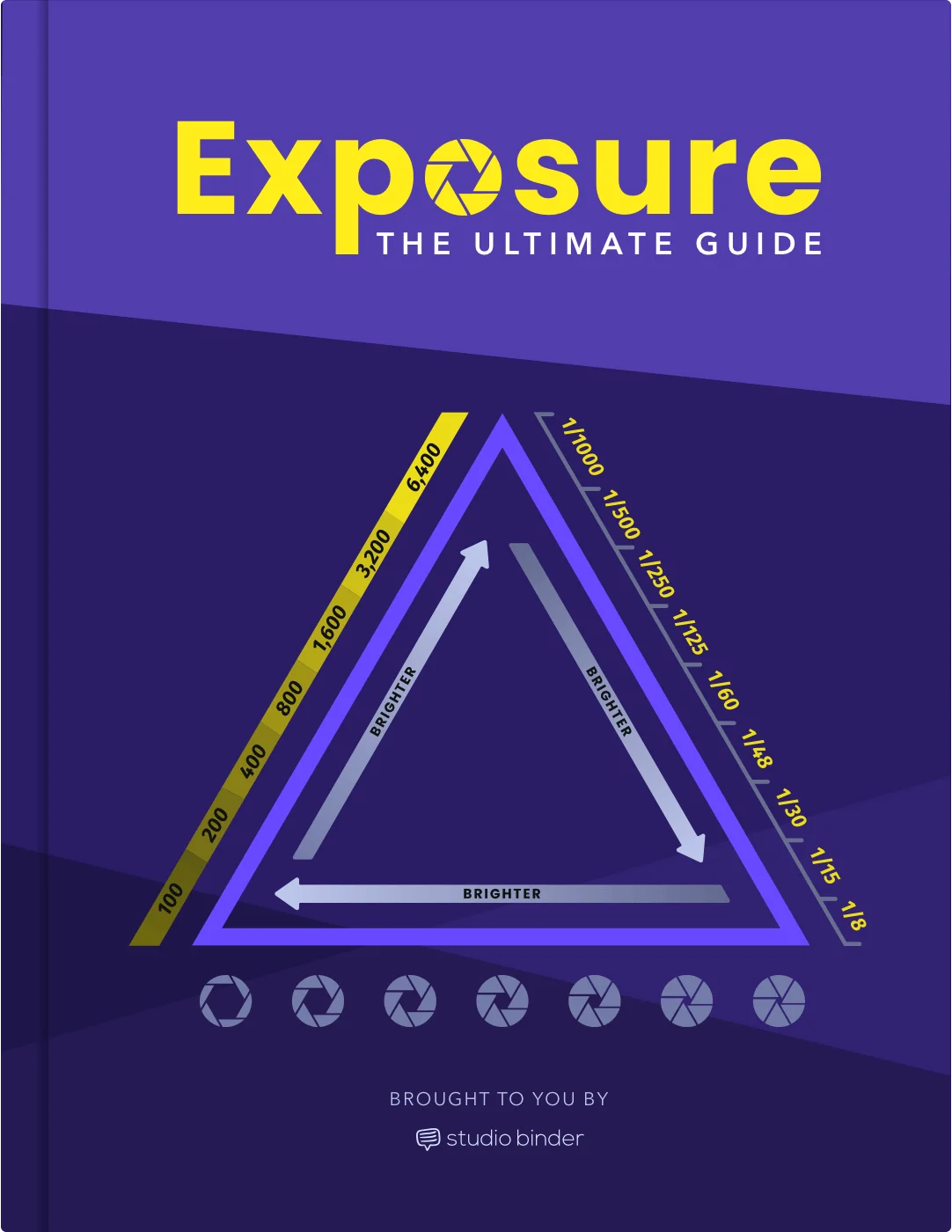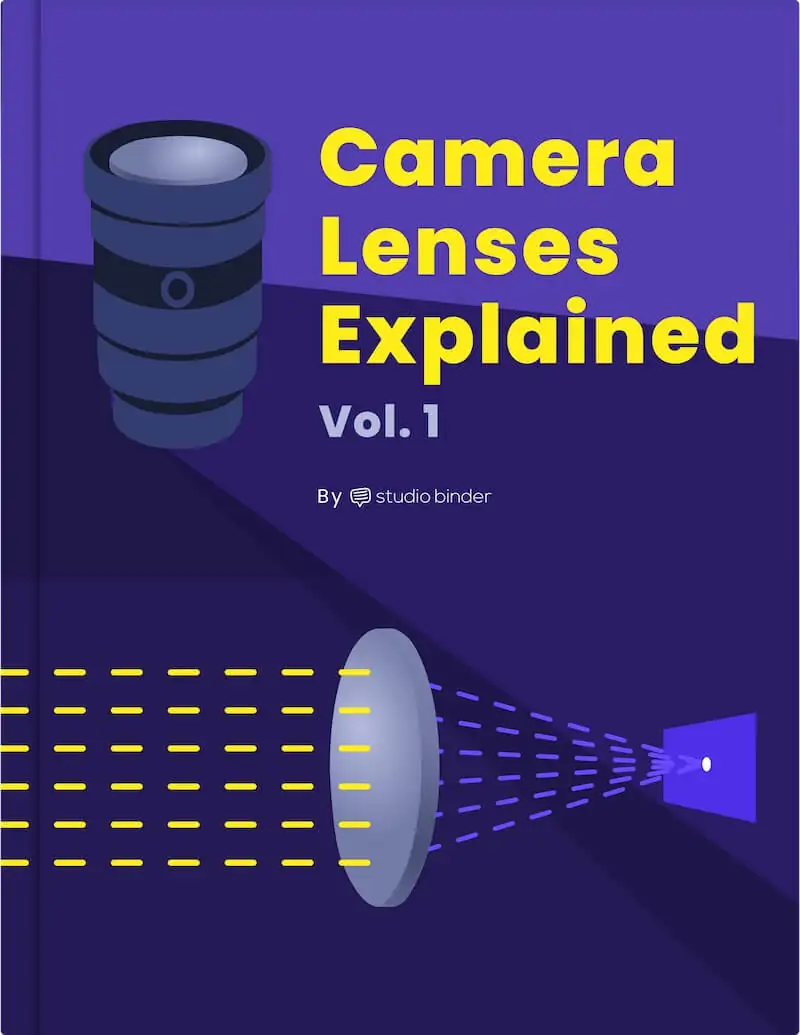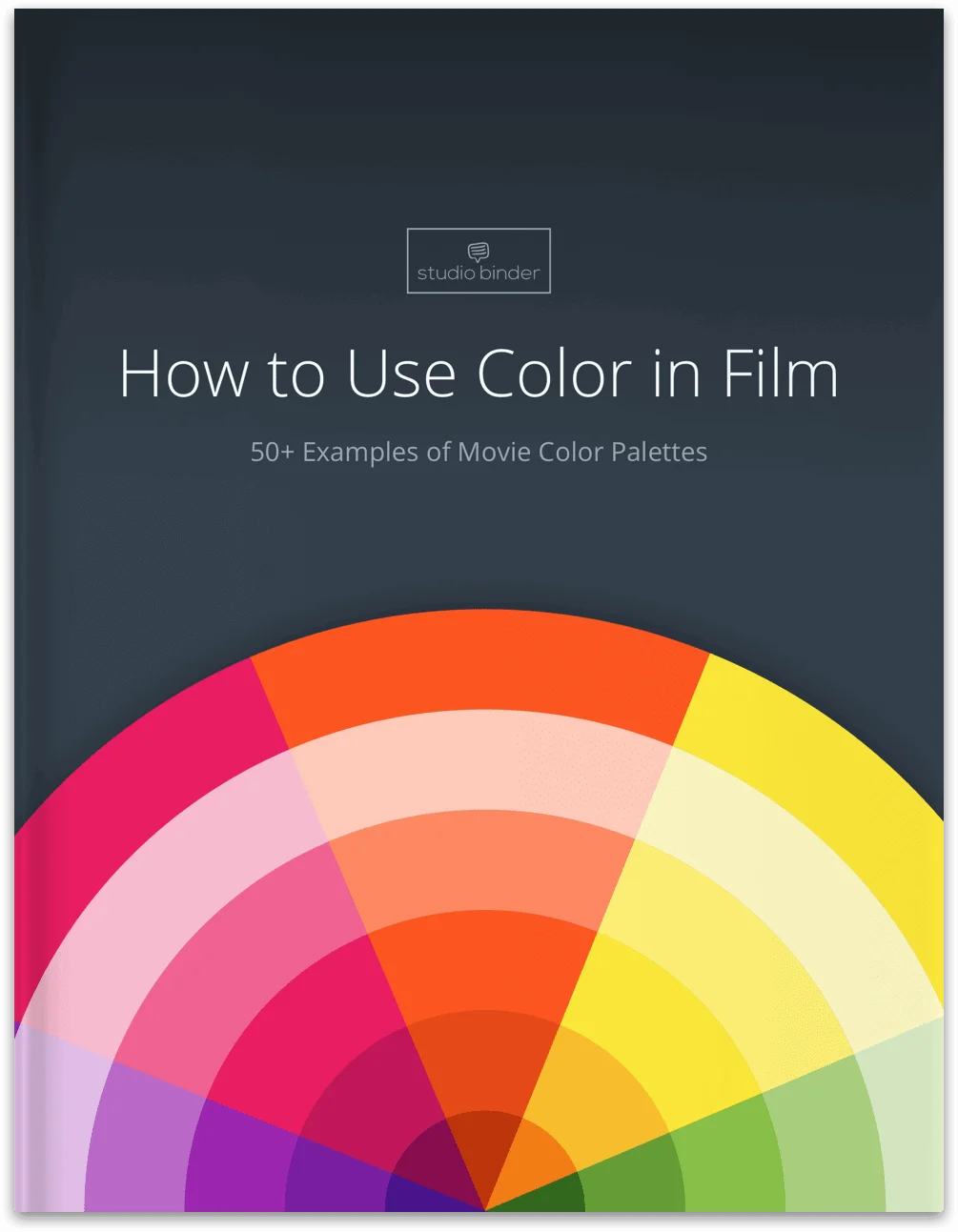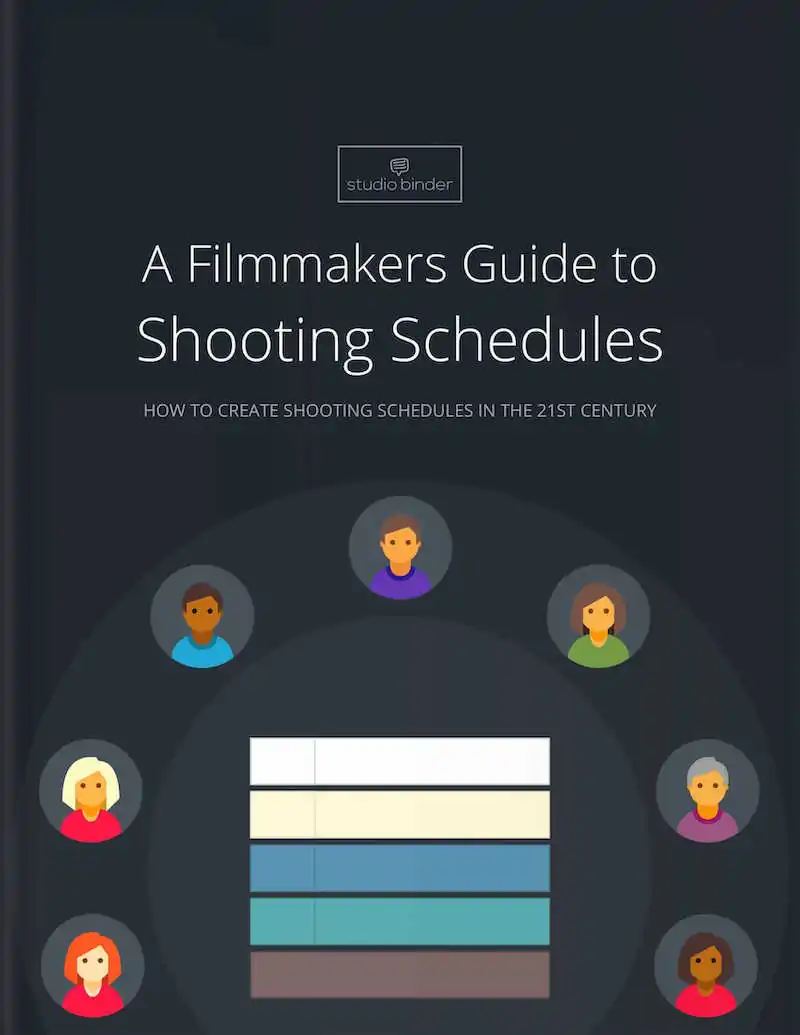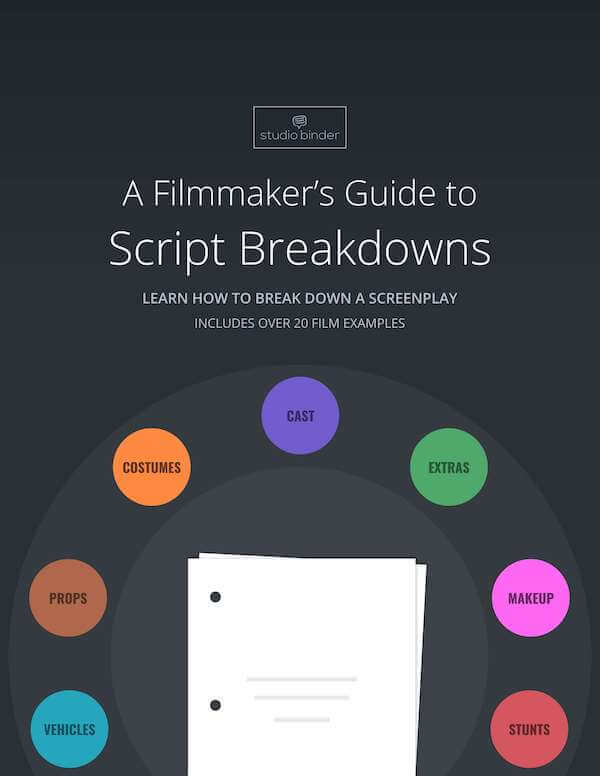You're looking for a list of the different camera angles in film, but you also want great examples that come with clear explanations of when and why to use specific camera shot angles. Whether you want your characters to seem powerful, vulnerable, or intimate, the power of camera angles cannot be understated. We'll provide you with downloadable shot lists that feature all of the different types of camera shot angles in film. Lezgo.Continue reading Camera Angles Explained: The Different Types of Camera Shot Angles in Film
Thanks to movies and television, we’ve all experienced fantastical worlds that could never exist on our Earthly plane. Even if we don’t typically enjoy the fantasy genre, we’ve definitely seen these effects in action — whether in cinema, commercials or even video games. This post explores how to create these worlds using visual effects. So what is VFX? How and why do filmmakers use it? We’ll explore VFX by defining the term with epic examples from some of your favorite films.Continue reading What is VFX? Defining the Term and Creating Impossible Worlds
What is a protagonist? What makes a story truly memorable? Often, it's the protagonist—the driving force who takes us on an unforgettable journey. Many refer to it as the leading character in a story. But is the protagonist something more? Or something less? To understand the definition fully, we need to look at how different types of protagonists are used in screenwriting. This will help us understand, what is a protagonist, and which type works best for our scripts.Continue reading What is a Protagonist — Definition & Examples for Screenwriters
What does deus ex machina mean? Writers work hard to put their characters into terrible situations to find new and creative ways to get them out. It’s entertaining and it’s a sign of a great, organic story. Conflict needs to live and breathe. But conflict also demands resolution. Catharsis. But for some writers, that catharsis comes cheap. This post explores the deus ex machina meaning in film with a few examples. Let’s jump in. Continue reading Deus ex Machina — Meaning, Definition & Examples
A filmmaker is a visual artist. To be a great visual artist you need mastery of the color palette. Many of the greatest Directors, Cinematographers, and Production Designers have extensive backgrounds as visual artists themselves. There are many ways to use color in film. We’re going to break down the key approaches as well as offer you a free E-book. The ebook is an excellent tool for better understanding the use of the color in film, and how to master it.Continue reading How to Use Color in Film: 50+ Examples of Movie Color Palettes
Many screenwriters are praised for their witty and captivating dialogue. A skill that is far too underappreciated, however, is the ability to effectively incorporate action within a dialogue scene. Let’s take a look at how to write action breaks in dialogue and why using action within dialogue can immediately make a scene better. Continue reading How to Write Action Breaks in Dialogue — Examples & Tips
Imagine watching Inception with no explanation of dream levels—confusing, right? Now, picture Blade Runner spoon-feeding Deckard’s backstory through narration—just as frustrating. That’s the challenge of exposition in a story: delivering information without losing the audience’s interest. What is Exposition? It’s the way stories reveal important details over time, shaping how engaged we feel. When done well, it pulls us deeper into a story; when done poorly, it takes us out of it. In this article, we’ll break down exposition and explore how different storytelling mediums use it effectively.Continue reading What is Exposition — You Can’t Escape It But You Can…
Though best known for producing many of the best television shows of all time, HBO is also home to many excellent films. HBO caught on quick that streaming was the way of the future, and got into the only media game early. We’ll be taking a look at what movies are on HBO right now. HBO-Go is home to not just every great HBO original series, but also hundreds of films ranging from all-time classics to new releases. Joining us in counting down the top 50 HBO movies available right now.Continue reading Best Movies on HBO Right Now — Filmmaker…
Though best known for producing many of the best television shows of all time, HBO is also home to many excellent films. HBO caught on quick that streaming was the way of the future, and got into the only media game early. We’ll be taking a look at what movies are on HBO right now. HBO-Go is home to not just every great HBO original series, but also hundreds of films ranging from all-time classics to new releases. Joining us in counting down the top 50 HBO movies available right now.Continue reading Best Movies on HBO Right Now — Filmmaker…
What is an antagonist? The simplest explanation is that an antagonist represents the opposite of the protagonist. But there’s much more to the term than that. They are the source of conflict in a story — and if you know anything about storytelling, you know that conflict is necessary. So, by understanding how antagonists are used in storytelling, we’re better equipped to handle story conflict in our own writing. In this post, we’ll cover all the different antagonistic forces a writer can choose from, how they work, and how to decide which one works best for your next story.Continue reading…

